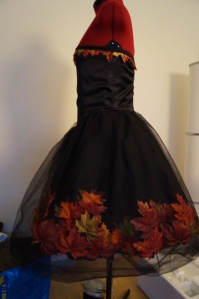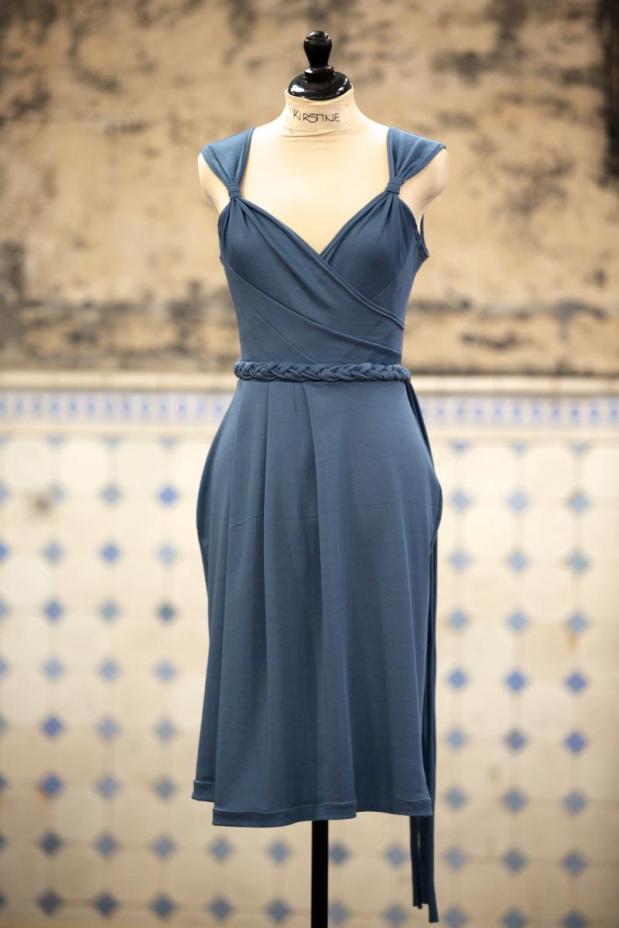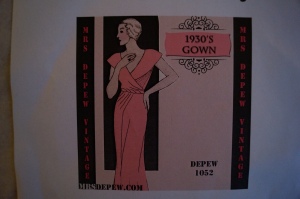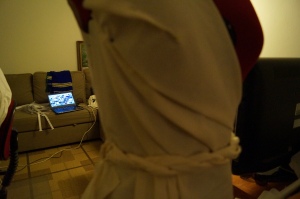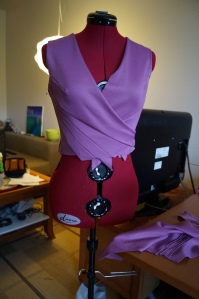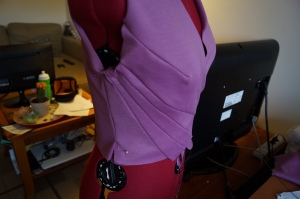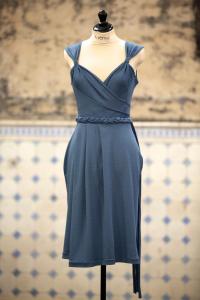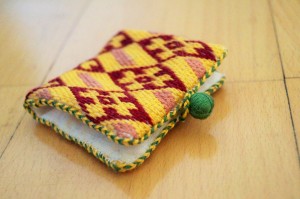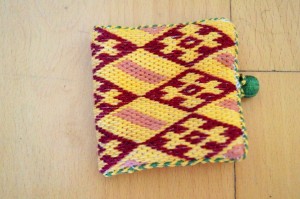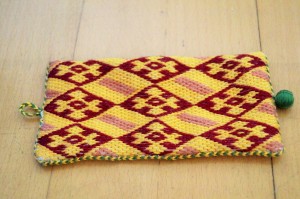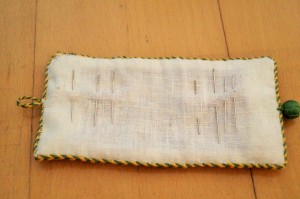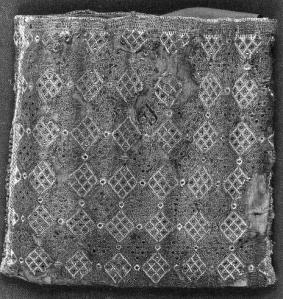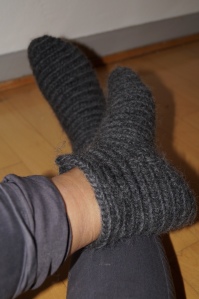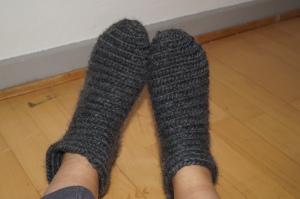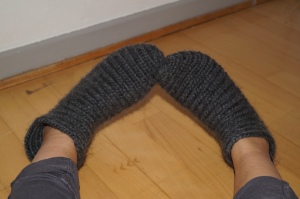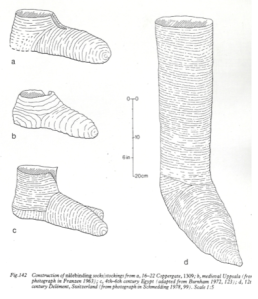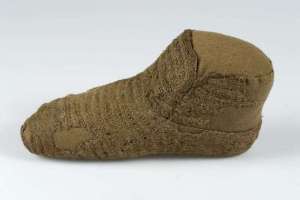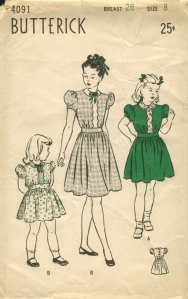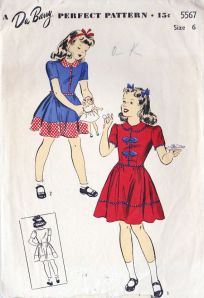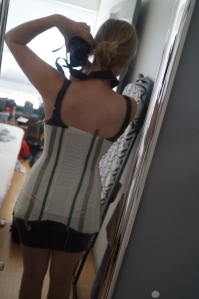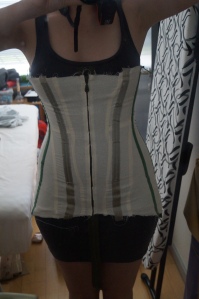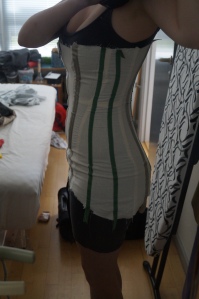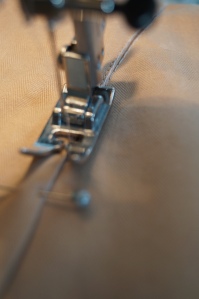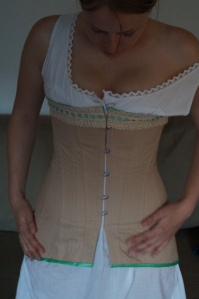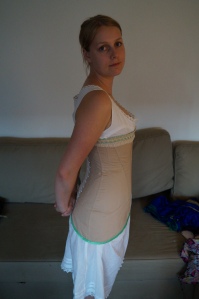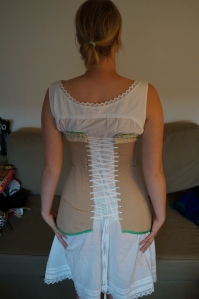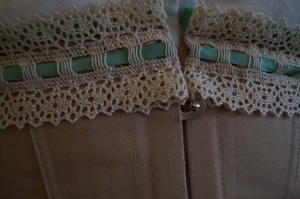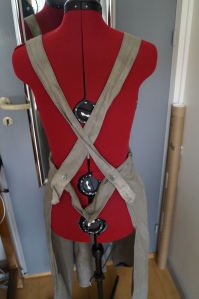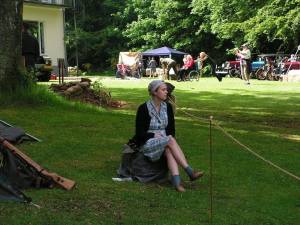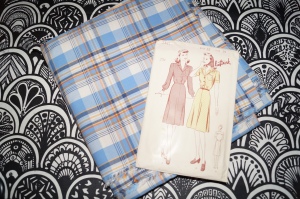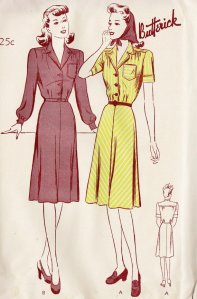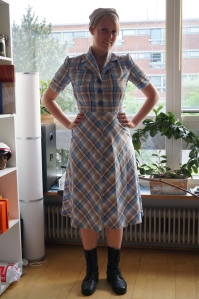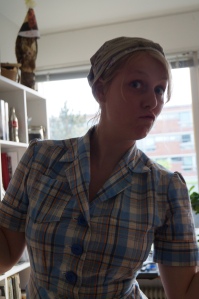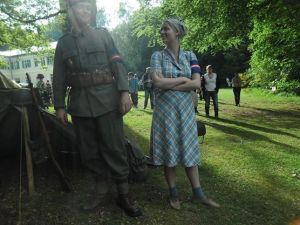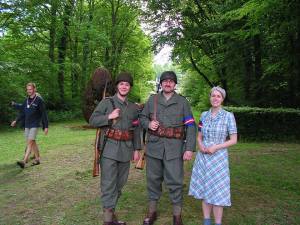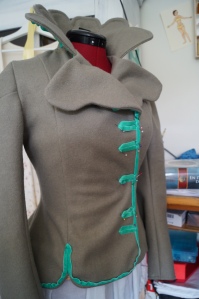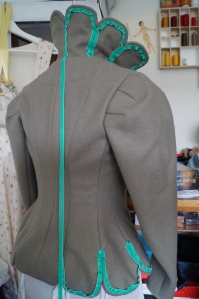If you love clothing and do not know who Madame Grés is? Then you are missing out on something great! She is from the time where glamour was the real deal. Master of the pleats!
I wanna share a couple of sites i have been stumbling (drawling) over. But first, something about madame Grés.
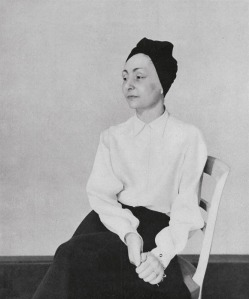 Picture of Madame Grés. Source
Picture of Madame Grés. Source
Madame Grés was born in 1903. Her birth name was Germaine Émilie Krebs. She wanted to be sculptor but failed at this. Through the 30’s and until 1942 she was known under the name Alix Barton. But there and forward she was known as Madame Grés. She was very successful and have design for people like Grace Kelly. She died at an amazing age, 101 years old! If you wanna know more I recommend this site: The Fashion Historian
Stunning dress from 1958 made from Silk Jersey. Source
The Technique she used was quiet unique for her time. She sort of say, felled the fabric and made it speak for it self. Her having this great knowledge about draping and pleating, she sculpted a very modern and simple look. But her dresses was far from simple. Some of the dresses took over a 100 hours to make for a skilled seamstress to produce!
Madame Grés Technique. Source
A Challenging Sew – This is the most amazing blogpost ever! Shows in details how to work with the technique Madame Grés used.
Lady Jojo’s – Nice blogpost about Madame Grés.
A small video:

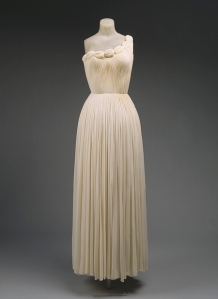
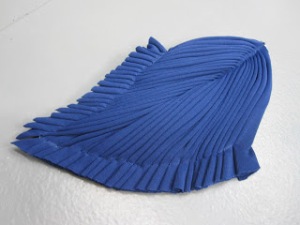

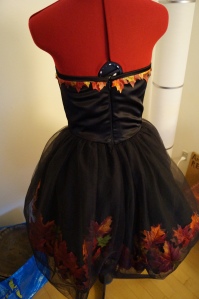 Back view
Back view